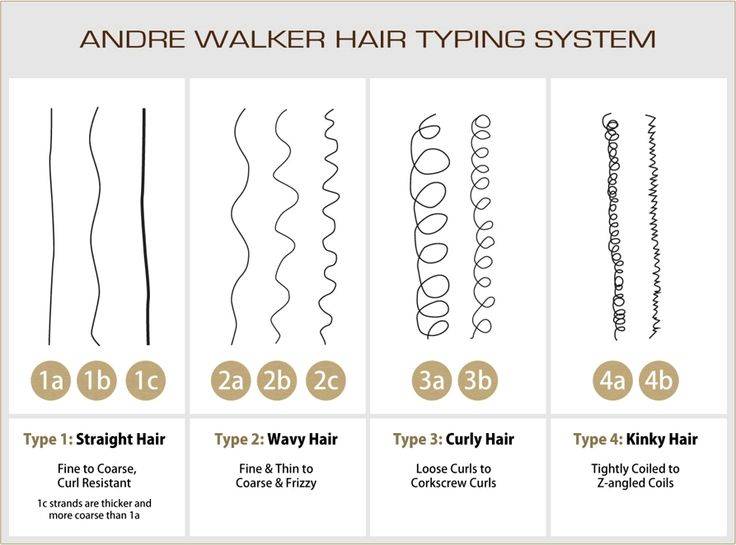Published 5th July, 2021
What Type Of Hair Do I Have?
Do your natural waves spring up or are they loose? Does your hair retain moisture well or do you struggle to keep it hydrated? These are just some of the questions you should ask yourself when figuring out your hair type.
Understanding your hair type (or the behaviours attributed to your type of hair) will make your hair care routine a whole lot easier. Even two people with the same kind of wavy hair can have completely different needs. So it’s important to remember that your hair is unique and will therefore require its own routine.
Here’s all you need to know about understanding your specific hair type.
why is it important to know your hair type?
You can find products that match your needs
It can be difficult to know where to start when it comes to finding products for your natural hair however once you have a good understanding of your hair type the hunt will be easier.
Your shampoo, conditioner and styling products should all work with your hair not against it. So while those with curly hair may benefit from heavier products that contain butters, these will just weigh waves down. Hence why lighter products work best with wavy hair.
Looking after your hair will be easier
Who wants to spend hours doing their hair? Well, if you’re not caring for it in the right way you could be fighting a losing battle.
Making your wavy hair look its best should not be a chore. Once you know even a little more about the type of hair you have, the process will be a lot easier to handle from washday to styling. This is because you'll understand how your hair reacts to different products and processes.
what are the different types of wavy and curly hair?
A good way of figuring out your hair type is to look at the commonly used hair chart (below). The chart was created by Andre Walker and categorises each hair pattern from type 1 to type 4. Wavy hair tends to fall under type 2 and curly hair is type 3.
It’s important to note that this classification chart does not consider porosity and other hair differences. Although it’s a great starting point, yet be mindful that all hair has its own characteristics.
Type 2 wavy
● 2A - Hair that grows straight at the crown but has a slight wave through the lengths. The waves and body form naturally when dried but the density can feel thin and be easily weighed down by heavy products.
● 2B - Lays flat and close to the head but has‘S’ shaped waves that get curlier from the ear down. 2B hair resembles loose beach-like waves that can get frizzy.
● 2C - Thicker hair with a defined ‘S’ pattern or deep wave that begins at the root. It can be borderline curly and is often thicker and coarser than other wave types. 2C hair has an obvious pattern that mixes waves and ringlets.
Type 3 curly hair
● 3A - Hair that is loose with stretched spirals that are bouncy. This type of hair can look shiny and each loop is around the size of a cork in circumference. 3A hair can drop throughout the drop and appear wavy.
● 3B - A tighter curl that springs up in a ringlet shape. The curls tend to be voluminous and have the circumference of a sharpie pen. 3B hair can be dry and is prone to frizz in humid conditions.
● 3C - Tightly packed corkscrew curls that are pencil width. 3C hair may experience a lot of shrinkage and tangle easily, the roots are often full of body and hair does not lie flat.
how porous is my hair?
Hair porosity refers to how much moisture your hair can hold and this is determined by how open or closed your hair cuticles are.
There are three levels of porosity:
Low porosity
This kind of hair has a hard time retaining moisture. Water may sit as ‘beads’ on the hairs surface, products may take a while to sink in and it can take a long time to dry.
Medium porosity
It strikes the balance between absorbing and retaining moisture. It requires slight maintenance such as light oil top-ups.
High porosity
High porosity hair is often damaged and while it can absorb moisture well it doesn’t retain it. This type of hair tends to dry very quickly, may look frizzy, and rarely looks shiny. This article provides some tips on how to fight frizz if you're struggling.
Your hair porosity is genetic. Yet it can change throughout your life depending upon certain factors such as exposure, heat treatments, chemical processing. All of these can lead to your hair becoming less porous, which means your hair will retain less moisture.
Understanding your hair type will allow you to better manage, treat and care for your care hair. Which can lead to better results and longer lasting healthier waves.
Want To Awaken Your Natural Waves?
The Merwave range is built for wavy hair. So whether you have 2A, 2B or 2C, our products are formulated to maximise your waves full potential.
Simple, natural wavy hair products that unleash your natural waves after a few washes.
Click here to discover the full range.








